
ACKNOWLEDGEMENTS
The author gratefully acknowledges the assistance of Alan Watson and John Hart, whose wisdom on the subject of radar was freely shared for the benefit of us all.
The extracts from the British Admiralty charts (pages ) are reproduced with the permission of the UKHO.
The chart extract on is reproduced courtesy of Imray.
This electronic edition published in 2014 by Bloomsbury Publishing Plc
Published by Adlard Coles Nautical an imprint of Bloomsbury Publishing Plc
50 Bedford Square, London WC1B 3DP
www.adlardcoles.com
Bloomsbury is a trademark of Bloomsbury Publishing Plc
Copyright Tom Cunliffe 1994, 1997, 2000, 2003, 2006, 2008, 2010, 2014
First edition 1994
Reprinted 1995
Second edition 1997
Reprinted 1998
Third edition 2000
Reprinted 2001
Fourth edition 2003
Fifth edition 2006
Sixth edition 2008
Reprinted 2010
Seventh edition 2010
Eighth edition 2014
ISBN 978-1-4729-0795-0
ePDF 978-1-4729-0888-9
ePub 978-1-4729-0887-2
All rights reserved
You may not copy, distribute, transmit, reproduce or otherwise make available this publication (or any part of it) in any form, or by any means (including without limitation electronic, digital, optical, mechanical, photocopying, printing, recording or otherwise), without the prior written permission of the publisher. Any person who does any unauthorised act in relation to this publication may be liable to criminal prosecution and civil claims for damages
The right of the author to be identified as the author of this work has been asserted by him in accordance with the Copyright, Designs and Patents Act, 1988.
A CIP catalogue record for this book is available from the British Library.
This book is produced using paper that is made from wood grown in managed, sustainable forests. It is natural, renewable and recyclable. The logging and manufacturing processes conform to the environmental regulations of the country of origin.
Note: while all reasonable care has been taken in the publication of this book, the publisher takes no responsibility for the use of the methods or products described in the book.
Yachtmaster is a trademark of the Royal Yachting Association registered in the United Kingdom and selected marketing territories. For information on RYA qualifications and RYA approved training courses for both power and sail, please visit the website: www.rya.org.uk/coursestraining or telephone: 0844 556 9528 (from overseas telephone +44 23 8060 4100), or write to: RYA Training, RYA House, Ensign Way, Hamble, Southampton SO31 4YA.
Photographs by Cunliffe Images
To find out more about our authors and their books please visit www.bloomsbury.com where you will find extracts, author interviews and details of forthcoming events, and to be the first to hear about latest releases and special offers, sign up for our newsletters here.
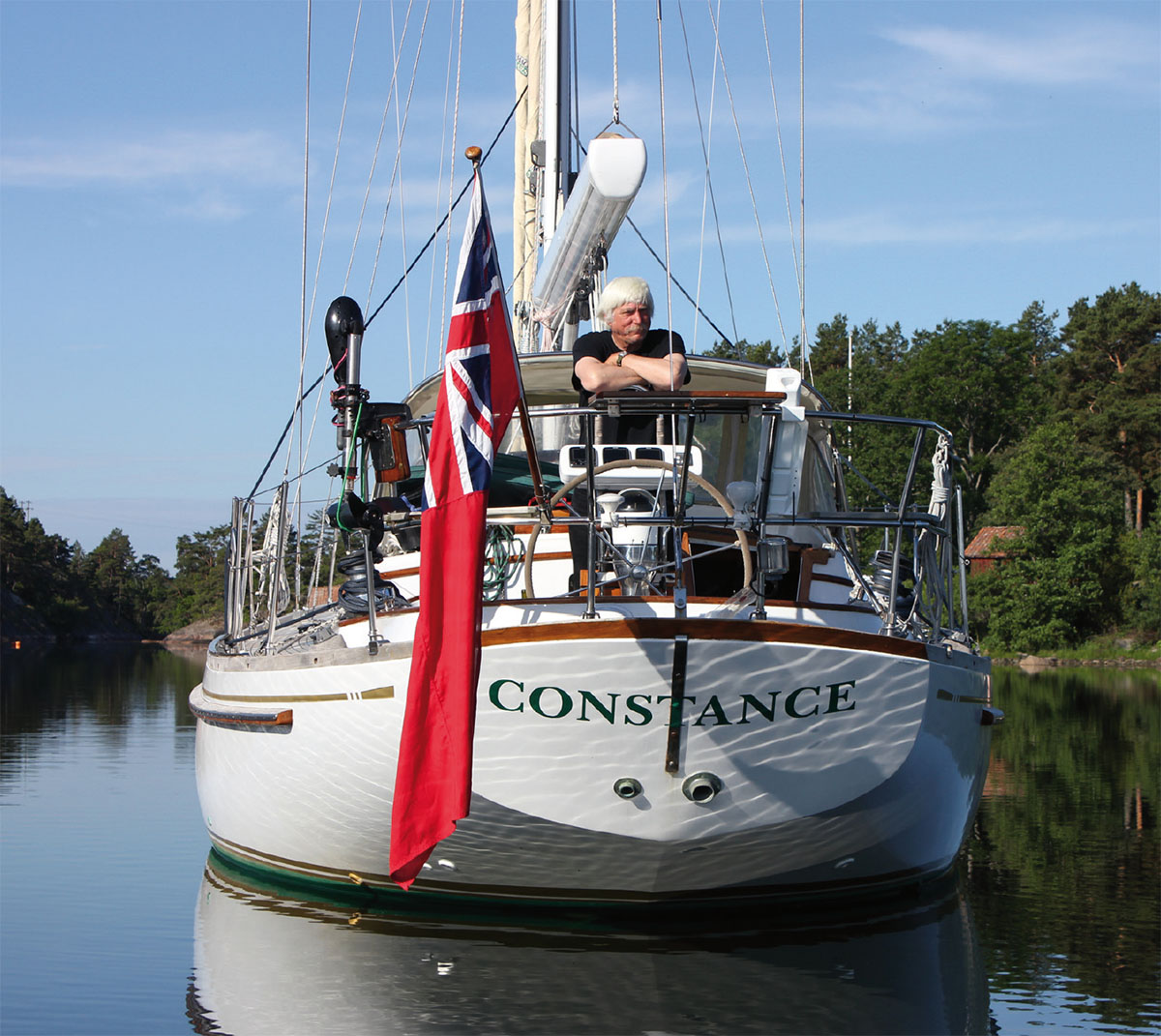
 Early morning time to rouse the crew and get under way.
Early morning time to rouse the crew and get under way.
CONTENTS
INTRODUCTION
The sailors market-place is well stocked with books on every topic to do with salt water. I ought to know, Ive written a number of them myself.
There are two groups of specialist sailing texts. One deals with matters such as navigation, boat handling and meteorology, with which every skipper must have more than a nodding acquaintance. The other caters for the ever-enlarging number of subjects relating less directly to the essence of moving a yacht safely from one location to another. The volume you are about to read is designed specifically for skippers and potential skippers. Its purpose is to gather together all those vital areas of expertise to be found in the first group of books, place them in a systematic order between two covers, and discuss them in a practical way. The book should therefore not only prove useful as a companion to a sailing course, either hands-on or theoretical, but will also provide a long-term work of reference for the boats bookshelf.
I make no claim that The Complete Yachtmaster is the only work you will require in order to take charge of a yacht on a round-the-world voyage. Certain items, such as the use of radio communications, require a specialist volume in their own right, and it is not insignificant that teaching the VHF syllabus is a separate subject in most mainstream training systems.
Likewise, the wider aspects of boat maintenance and general husbandry are barely touched here. Peoples needs in such departments vary enormously, as do their talents for servicing them. If you own a classic wooden vessel you will have no desire to read about the application of epoxy coatings to a blistered GRP hull, but whatever type of craft you sail, you should know how to calculate the rise of tide at a given time and location. You may be such a congenital mechanical duffer that the finest manual on boat electrics will be no more than an incubus on your chart table, while the acquisition of the same work could change your neighbours life. Both of you, however, share an imperative demand for the skill to bring your vessels alongside crisply, cleanly and without fuss.
It is to such primary questions that this book is dedicated. In it, you will find the basic information that, when mastered and practised, will enable you to skipper a well-found yacht on coastal and offshore passages, taking due account of night and day, and whatever weather may betide.
One exception to this policy concerns the International Regulations for Preventing Collisions at Sea (Colregs). The rules themselves are straightforward; they must be learned largely by rote, and reprinting them here would be a waste of paper. In the days before the common leisure use of radar and other electronic aids, implementing them was plain sailing, so the subject was avoided in earlier editions. Today, given a basic knowledge of the essential rules, interpreting the readouts from modern yacht electronics have rendered the subject of collision avoidance more complex, rather than less. Used to their full potential, these instruments can provide a remarkable degree of protection against collision. Abused or misunderstood, they lead to increased danger. A chapter has therefore been inserted to deal with these issues.
Throughout the English-speaking world, cruising training schemes have been set up by national and private authorities. The contents of all of these are more or less the same, forming the core of what all skippers should have at their fingertips. The British-based RYA Yachtmaster program is the oldest and among the best established. It has been used as a loose framework for this book, and I can give it no better recommendation than to cite the beginning of my own history as a certificated Yachtmaster.
I turned up at the appointed hour, aged 30, to take an at-sea examination in my own yacht. She was a 13-ton cutter which, at the time, had no engine. I had recently completed a cruise from the UK to Brazil and home again via the Caribbean, the USA and Canada. I was annoyed at the need to have a ticket, but I was driven into the arms of the establishment because I had lost a plum delivery job to a man who had one. My expectations were for needless red tape, a desk sailor as an examiner, and a lot of stupid questions. I couldnt have been more wrong. The list of things I was supposed to know was comprehensive and entirely sensible. My examiner proved far more interested in whether I could sail than if I knew the Morse code (now mercifully discontinued from the scheme), and his probing revealed one or two gaps in my armour of which I was justly ashamed. He passed me, but with a stiff talking-to.
Next page
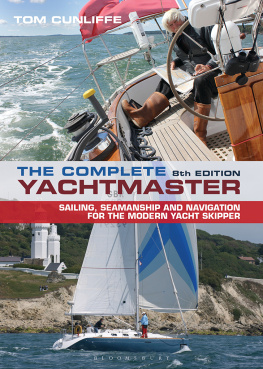
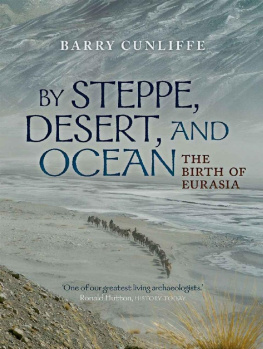




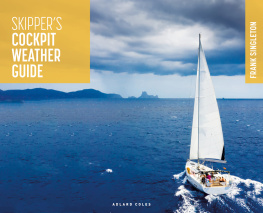
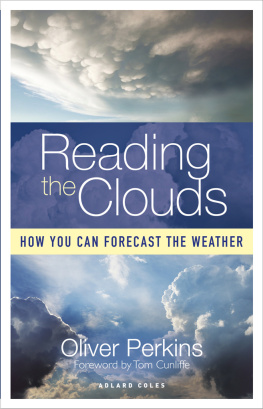

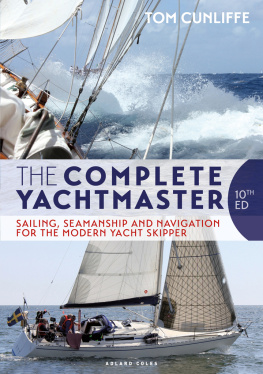
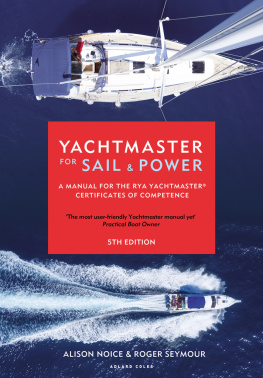

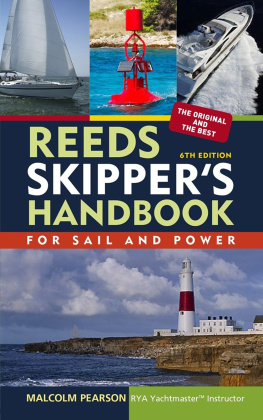


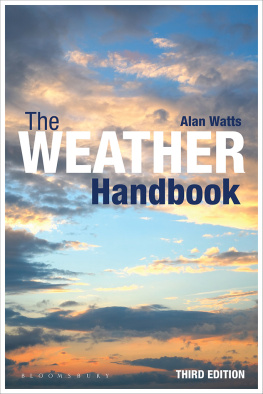
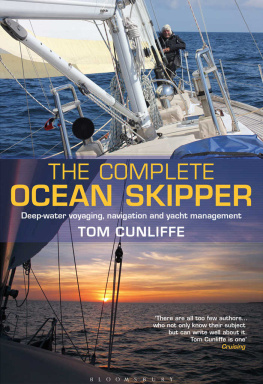



 Early morning time to rouse the crew and get under way.
Early morning time to rouse the crew and get under way.